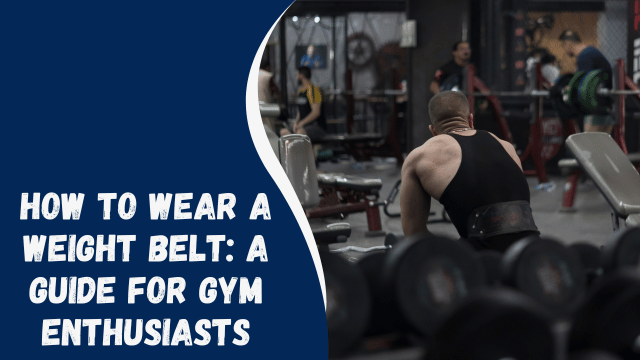An Essential Guide to Understanding Destructive Devices

When it comes to firearms, the classification system can often be confusing, especially for those new to the field. One category that often generates intrigue and misconception is Class 4 weapons. These are specialized firearms, heavily regulated due to their potential impact on public safety.
Understanding Class 4 Weapons
The firearms classification system has different categories, with Class 4 weapons being one of them. They include destructive devices such as explosives, grenades, and large-caliber firearms. However, the specifics can vary based on federal and local law interpretations, leading to an often-misunderstood class of weaponry.
This categorization aims to balance public safety and an individual’s right to bear arms. It helps monitor and control the circulation of these high-impact weapons, thus maintaining order and reducing potential harm.
The Allure and Controversy of Class 4 Weapons
Due to their destructive power and regulation, these have an allure of mystery and a fair share of controversy. Their allure stems from their unique and powerful nature, often depicted in popular culture as symbols of power and action. On the other hand, controversy arises from the potential misuse of these weapons, leading to serious consequences.
Understanding the importance of responsible ownership and usage and the potential penalties for misuse is essential. Each potential owner must be fully aware of their responsibilities and the legal implications of possessing such a weapon.
The Legal Framework: Regulating Class 4 Weapons
The legal aspect of these weapons is a pivotal point in our understanding. These weapons are not entirely prohibited but heavily regulated. Laws require individuals wishing to possess or transfer these firearms to undergo stringent background checks, complete specific paperwork, and pay substantial tax.
These procedures ensure that those with these weapons are law-abiding citizens. The aim is not to deprive individuals of their rights but to ensure safety in our communities, protecting the public from potential misuse.
Safe Handling and Responsible Ownership
Owning a Class 4 weapon is a responsibility that cannot be taken lightly. These weapons must be stored securely, handled safely, and regularly maintained. Safe handling isn’t just about the physical handling of the weapon; it’s also about the mental readiness to respect the power that comes with it.
It is the responsibility of the owner to continually educate themselves about their weapon and the laws governing it. Responsible ownership means being aware of the risks involved and taking all necessary precautions to mitigate them.
Class 4 Weapons: An Integral Part of Our Societal Fabric
Despite their potential for misuse, these weapons play an integral role in our society. They are essential in certain professional contexts, such as in the military or law enforcement, where their regulated use can be vital for maintaining peace and security.
Moreover, they also have a place in our cultural and historical narratives, often featured in literature, films, and video games. These portrayals often glamorize Class 4arms, emphasizing the need for accurate information about their nature and implications.
Conclusion
Our journey into the world of Class 4 weapons has shown us that these firearms, while powerful and potentially destructive, are not inherently evil. Instead, they are tools whose value or danger lies in how they’re used.
Understanding Class 4 arms is about demystifying, not demonizing them. It’s about promoting responsible ownership, public safety, and a deeper understanding of these weapons’ role in our society. We can appreciate their significance and foster a responsible usage and respect culture as we continue to demystify these tools.
In a world where misinformation can spread quickly, it’s more important than ever to be accurately informed, especially about topics as impactful as Class 4 arms. Here’s to knowledge being our greatest weapon!




